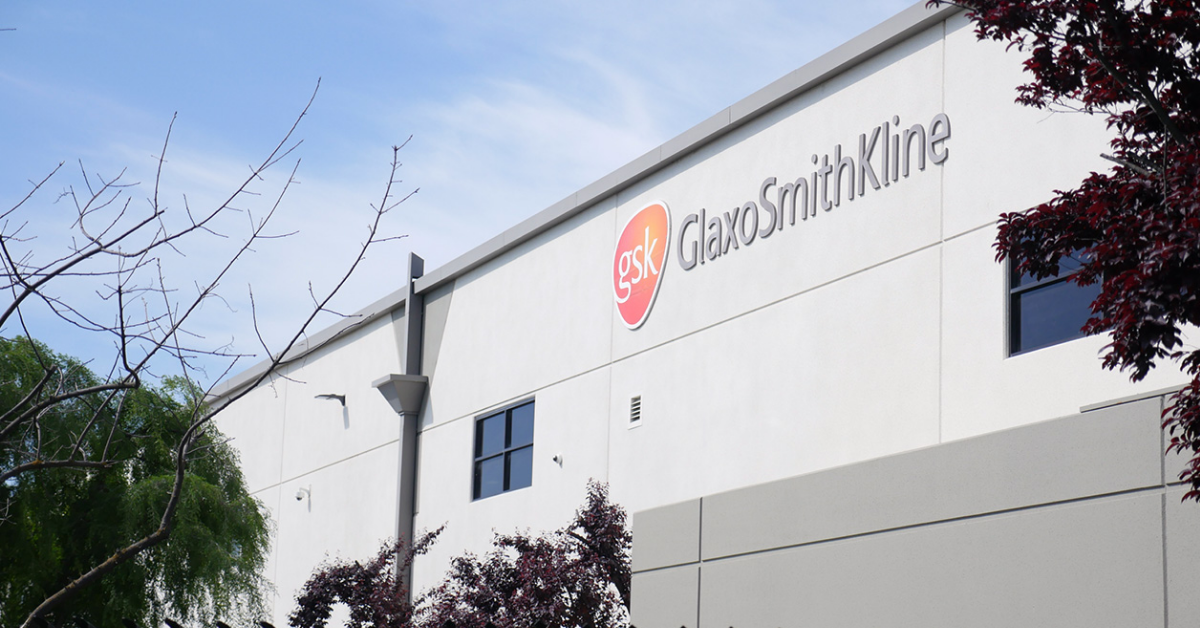The unbelievably patient people of Fresno might finally get an update on one of the most ballyhooed but mysterious capital projects in city history.
City Manager Wilma Quan-Schecter last month promised the City Council that she would deliver a workshop on the status of Bus Rapid Transit.
We can thank District 2 Council Member Steve Brandau for what figures to be a fascinating and overdue tale of construction management – or mismanagement.
No need here to go into another review of BRT. The concept has been kicking around City Hall for the better part of two decades. It’s enough to note that BRT is supposed to deliver superior bus service along the Blackstone and Ventura/Kings Canyon corridors.
Local political leaders gathered in force at Manchester Center in June 2016 to trumpet the start of construction. City officials said service would begin in late 2017.
Work on BRT did begin. For example, you can drive the length of Blackstone and see on every half-mile-long block what looks like some of the infrastructure for BRT shelters. I pass this infrastructure (wrapped in coverings) on my daily walks.
To a layman like myself, it seems that work on BRT has been terribly slow. City officials are fond of public updates on the other two big capital projects – restoration of the Fulton Corridor and construction of various Recharge Fresno water facilities. But we’ve heard nothing about BRT.
Turns out Brandau is curious, too.
The council on Aug. 17 was presented by the Brand Administration with a proposed extension of the city’s contract with Kimley-Horn and Associates. The firm is a consultant on the BRT contract. The extension to early 2018 would cost $167,918.
The deal was put on the consent calendar. That means it would have sailed through with no debate unless a council member specifically asked for a publicly review.
Brandau asked.
“Was this anticipated? Or is this an additional cost?” Brandau said to Quan-Schecter and Transportation Department Assistant Director Greg Barfield.
Brandau was told that the extra money is coming from the project’s contingency fund. The staff report made clear that the general fund wouldn’t be impacted.
Brandau said his first inclination was to ask that the contract issue be postponed. Quan-Schecter and Barfield said time is of the essence. On second thought, Brandau said, he wouldn’t pursue a postponement.
“Here’s what I’d be interested in – an update on the Bus Rapid Transit project,” Brandau said.
Council President Clint Olivier said he shared Brandau’s concern.
“To my untrained eye, it (construction) looks like it’s OK,” Olivier said. “Then I see this (the contract extension)…. I’m even happy to meet staff out in the field and actually look at what going on out there.”
Said Quan-Schecter: “We’ll meet with staff and get it (workshop) scheduled.”
The contract extension was approved 4-1, with Brandau voting no. Oliver Baines and Garry Bredefeld were absent.
All in all, it was a tepid five-minute discussion. But the discussion’s passive nature didn’t fool anyone who has watched the BRT debate for the past decade. City Hall is worried.
BRT was born during the Ashley Swearengin era. Lee Brand voted for BRT as a council member and inherited the project when he was sworn in as mayor in January.
BRT’s design has gone through several major overhauls. The price tag, once in the $50 million range, is now in the $30 million range. I once wrote a story for The Bee that pegged the start of BRT service for January 2017. The most recent staff report says “revenue service” should begin in April 2018.
Whatever the final cost, about 80% of the money is coming from the feds. It may have taken the City Council more than a year to wonder what’s happening with BRT, but I’m guessing federal bean counters had their eyes on Fresno long ago.
I don’t know when the BRT workshop will happen. I hope council members have the backbone to insist that the Brand administration explore not just BRT but the status of other initiatives that, combined with BRT, are supposed to transform the economic, social and cultural face of Fresno.
I’m talking about things like the Fulton Corridor, high-speed rail, the Southwest and Southeast specific plans, code enforcement and Blackstone Corridor revitalization.
The Aug. 17 consent calendar had another example of this connectivity. The council without debate agreed to pay another consulting firm – Provost and Pritchard Engineering Group – an additional $3,938 for work on the Courthouse Park Transit Center Improvement project.
You see, the focal point of the BRT system is Downtown’s Courthouse Park. The old FAX shelters weren’t good enough for the new world to be ushered in by BRT. So, in March 2014 the council began spending grant money for the design of a transit center worthy of BRT.
“Due to delays during the early phases of the project,” states the Aug. 17, 2017 staff report on the transit center, “the overall schedule has been extended by several months.”
No council member pulled the Provost/Pritchard item to find out what’s going on.
Here’s a hint for the city’s elected officials: Fresnans don’t have unlimited patience.









BRT? In the original documentation, the entire purpose of the acronym (rapid) is to move the bus from and average of 12 mph to 16 mph. All the money spent, all the disruptions caused by tearing up roads to accomodate the buses, and the future filled with red lights to allow the buses to pass through un-impeded will assist passengers who couldn’t care less about a 4 mph gain.